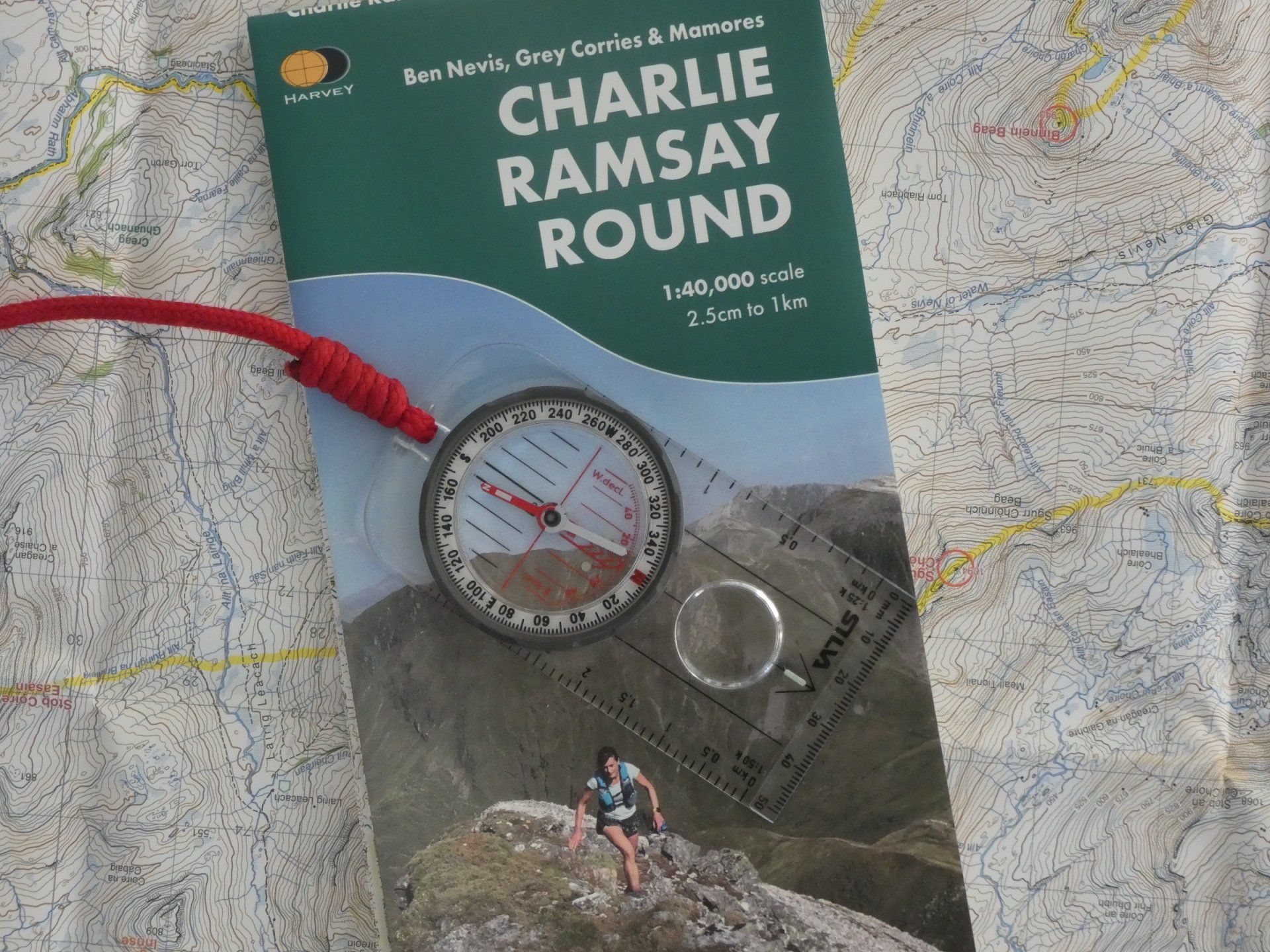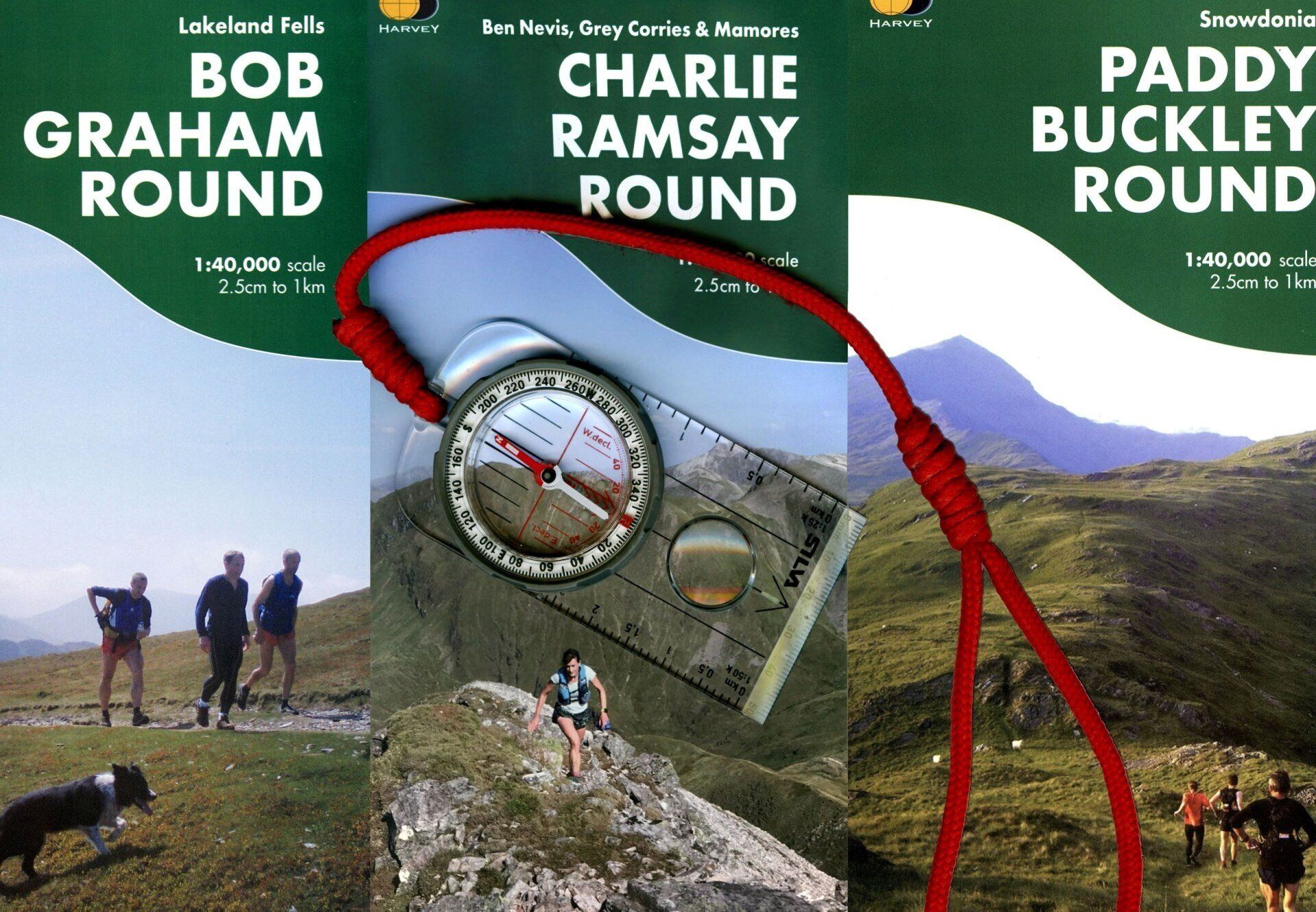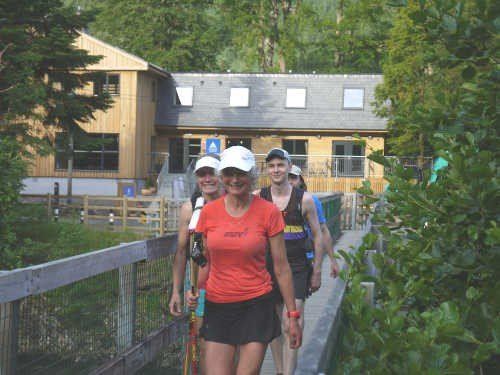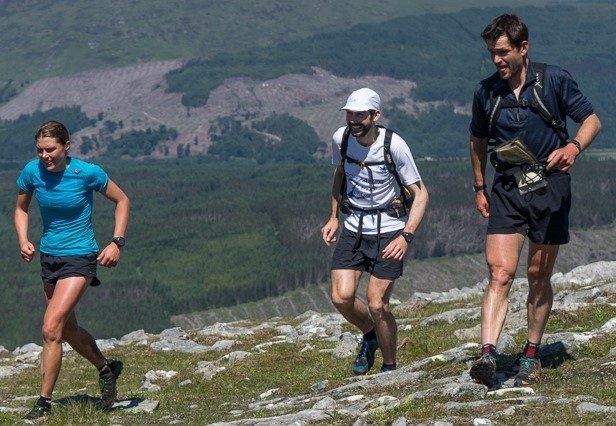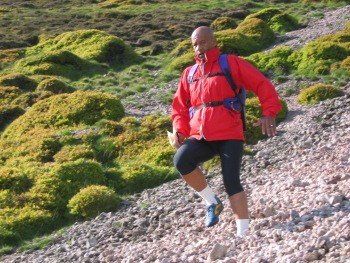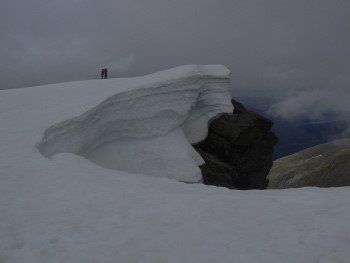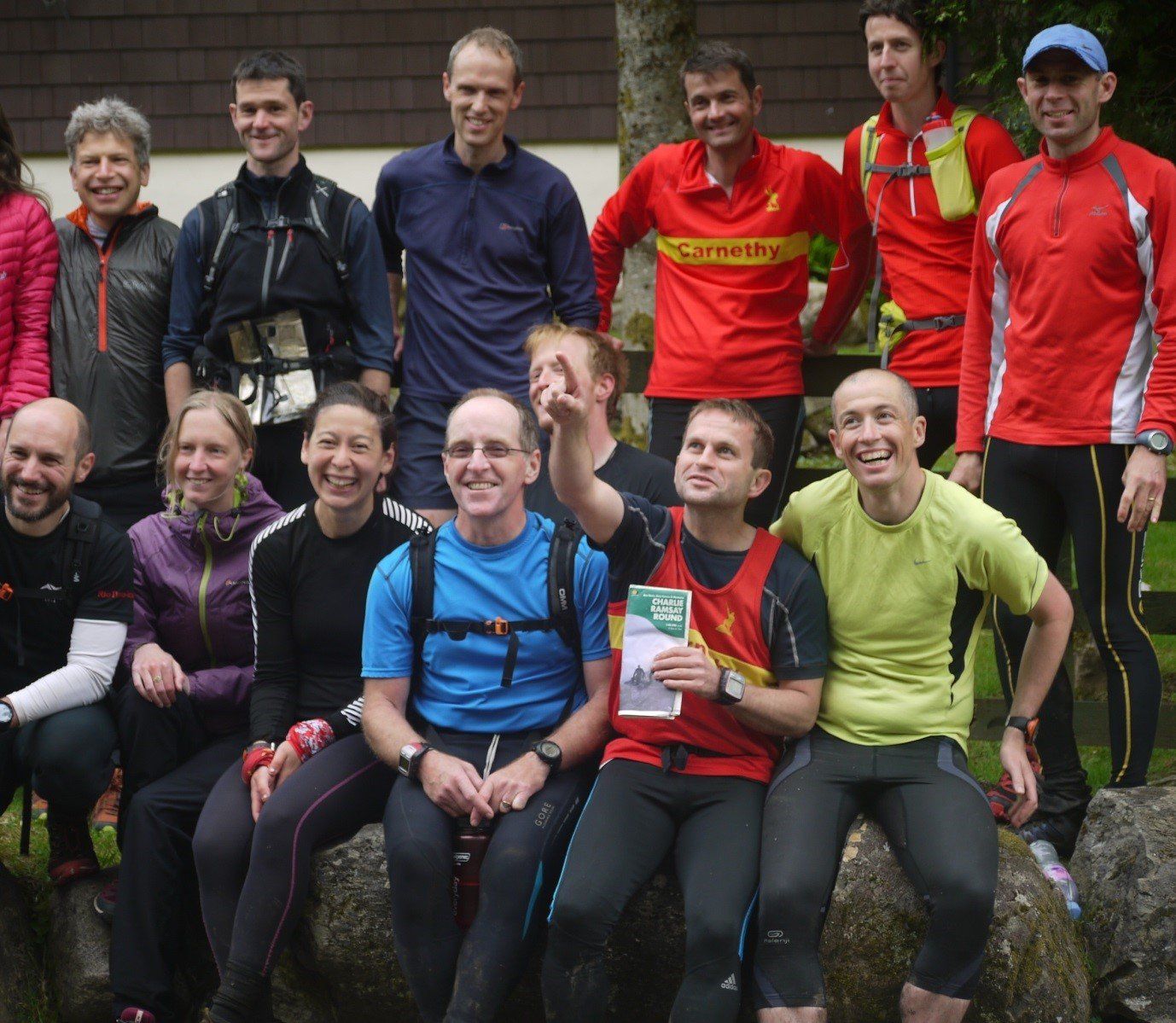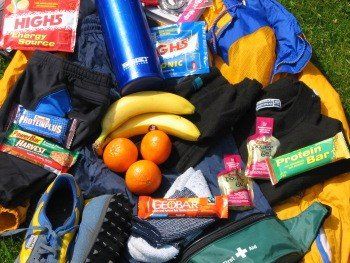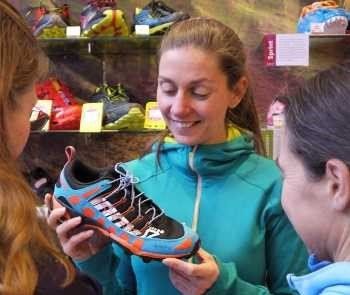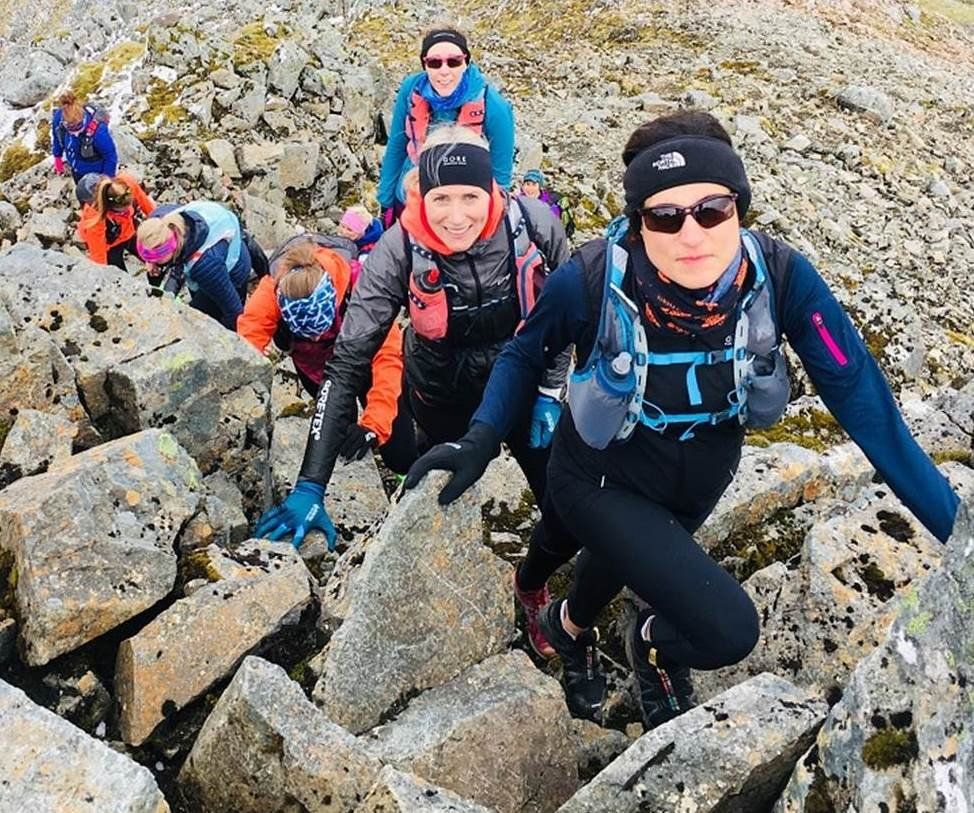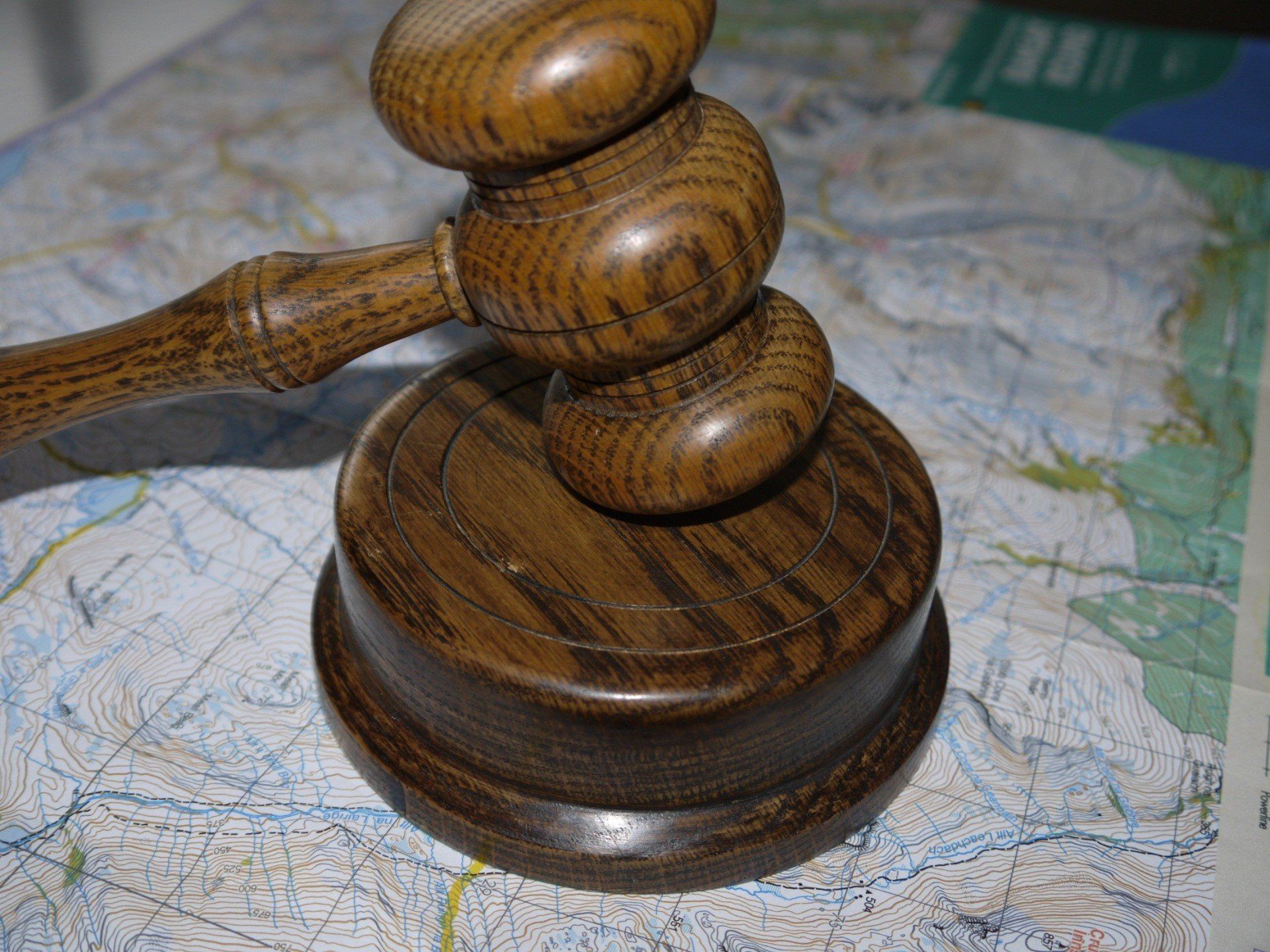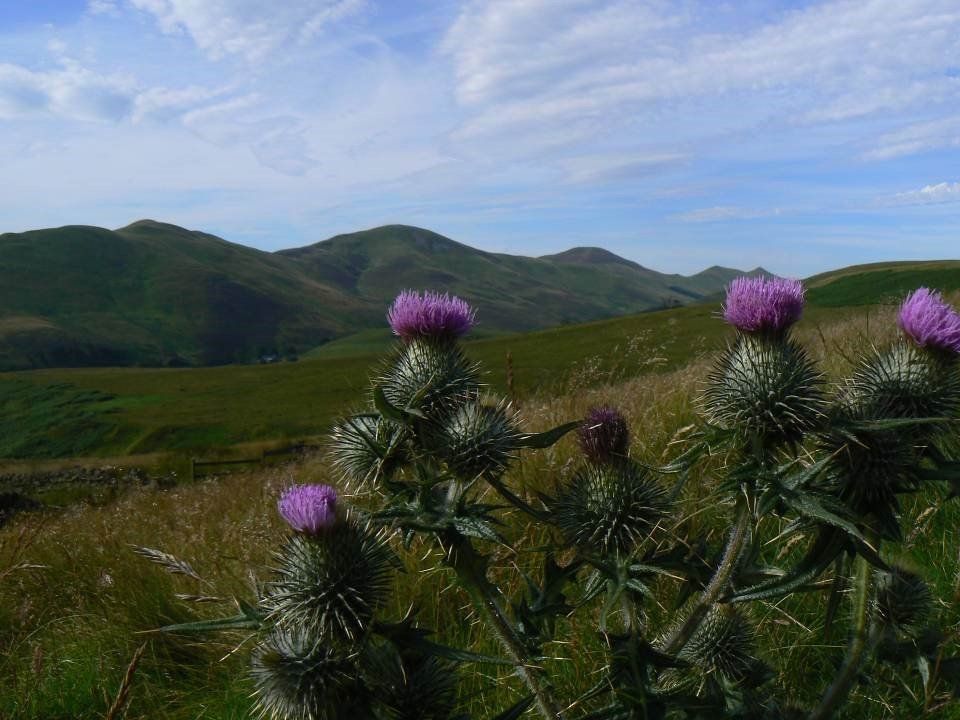Preparation
Preparation
Preparation
Preparation for a journey of this calibre cannot be taken lightly; any success is invariably a consequence of a lot of meticulous planning, training and sound preparation, supplemented by several carefully selected good pacers and an excellent support team.
Navigation
The recently released Harvey’s map entitled “Charlie Ramsay Round” (map scale 1:40,000. 2.5cm to 1km) is consistent with the maps they already produce for the Bob Graham and the Paddy Buckley rounds.
These maps have proved to be very popular and user friendly for navigators, pacers, contender and their support teams whilst preparing and participating on these rounds.
The main advantage is that one will only require 1 map which will cover the entire round, whereas with previous maps you had to rely on 2 maps for complete round cover.
It is highly recommended that contenders, navigators, pacers and support teams are all familiar with the route in the first instance and have enough navigational skills to ensure they are not hindered unnecessarily by low cloud, mist, darkness or poor visibility.
Start and finish point
The round officially starts and finishes immediately outside Glen Nevis Youth Hostel. Only contenders who successfully complete the round within 24 hours travelling either clockwise or anti clockwise, starting and finishing at the Youth Hostel are eligible for inclusion onto the Sub 24 hour Completions Page of this website.
Supported attempt
Jasmin Paris supported by Finlay Wild & Jon Gay
Opinion falls heavily in favour of the use of a support team and carefully selected pacers.
By using this option, you always have a safety net to be applied in the event of anything unforeseen happening whilst on the hill.
Secondly if your support is in the form of pacers, they will also witness and verify your arrival on every summit, carry your sack, assist with navigation and route finding and most importantly keep you in good spirit throughout the 24 hours.
Solo or unsupported attempt
There is evidence that this round can be completed unsupported.
If this is the preferred option, you are reducing your safety margin by a very large degree.
Additionally, you must carry all of your food, drinks, foul weather clothing and other personal essential items for use on the hill. It is not recommended as an option worthy of favourable consideration, as the sack will have to be pretty full and heavy before departure, to include all of the necessary fuel for 24 hours of energy output, required to facilitate moving on the hill continuously.
Due to there being so many interpretations of solo or unsupported attempts e.g.
- Doing part of the round supported and part unsupported.
- Contenders completing the round together and claiming solo or unsupported.
- Getting support at one or all of the Transition Areas (T As).
- Getting food/fluid/equipment supplied whilst on the hill and being accompanied for a few miles/stops.
A specific definitive interpretation of solo / unsupported is difficult to define and manage, therefore provided a contender completes the round within 24 hours, all that will be recorded on the finishers page of this website will be their finishing number, finishing date, name, finishing time and direction C or AC.
The solo or unsupported column was removed in 2014.
Any additional text they wish to use to support their achievement can be reflected in their own summary report, their Facebook or blog.
Food drop
It has also been suggested that you can arrange for a food drop. i.e. drop off a package or packages at strategic locations around the route in a safe secure location on the hill for collection enroute, thus reducing the quantity of fuel to be carried at any given time, and generally spreading the load carrying process more evenly, whilst on the round.
This is a reasonable option although some purists would have difficulty in defining this option as being unsupported.
Night section
Your chosen start and finish time may influence where the night section will be, that is the contender’s choice.
The carrying of a head torch is mandatory although one’s eyes can adjust to travelling without the torch being used.
It is recommended that the selected night section is reccied during the hours of daylight to enhance familiarity of that section and to ease progression during the hours of darkness.
Round attempt : time of year
Ideally May, June or July are good options to take advantage of maximum daylight hours, for traveling during the night section.
Consideration should also be given to the full moon to facilitate enhanced visibility during the hours of darkness.
Consideration should also be given to the full moon to facilitate enhanced visibility during the hours of darkness.
There may be some remaining snow on the high tops even during May, which may restrict early attempts during that month.
Pacers
Good pacers are an essential part of the team; they must be carefully selected for their suitability and good knowledge of their designated section.
They must appreciate that their task is to travel on a scheduled pace carrying fuel and clothing for themselves and you.
They must be capable of adjusting the pace to suit your needs, at all times.
Chatty to ensure that your mind is invariably on a lighter wavelength, focused and positive throughout.
They must fully appreciate their role i.e. they are part of a support team for you and your needs, and that they are not contenders.
Commitment to proceed
You must be mindful that once you have committed to a departure time and date, with all your support team briefed as to their roles and responsibilities, it may prove difficult to change or slightly amend your arrangements in the event of bad weather, illness or whatever.
More so if some of your support team have perhaps had to apply for leave from work and travel long distances in order to get to Lochaber.
Clothing
Contenders, hill support, base and T A support must be mindful that they may be operational during the day or during the night, at heights ranging from sea level to more than 4,000 feet.
To that end, the following attire is recommended to be worn or carried: base layer, mid layer, outer layer, hat, gloves and full waterproofs to include a hood.
Girls on Hills
Girls on Hills Ltd offers guiding on the 3 key legs of Ramsay’s Round for runners or walkers looking to experience the route, in whole or in part, for the first time or for those interested in a multi-day completion of the round.
Girls on Hills is a guided trail running company working towards and the improvement of, accessibility for women interested in mountain running.
For more information visit info@girlsonhills.com.
Girls on Hills does not offer or endorse the provision of commercially guided support/pacing for sub 24 hour attempts.
Send an email for more information
Thank you for contacting us.
We will get back to you as soon as possible.
We will get back to you as soon as possible.
Oops, there was an error sending your message.
Please try again later.
Please try again later.
Email us
Share
Tweet
Share
Mail
© 2024. The content on this website is owned by us and our licensors. Do not copy any content (including images) without our consent.
The information on this website was not prepared with the intention that it should be relied upon or used by any party.
Contenders attempting Ramsay’s Round in whole or in part, do so entirely at their own risk.
Charlie Ramsay assumes no responsibility whatsoever in respect of or arising out of or in connection with, the use of the content of this website by any other party.
Contenders attempting Ramsay’s Round in whole or in part, do so entirely at their own risk.
Charlie Ramsay assumes no responsibility whatsoever in respect of or arising out of or in connection with, the use of the content of this website by any other party.
The information on this website was not prepared with the intention that it should be relied upon or used by any party.
Contenders attempting Ramsay’s Round in whole or in part, do so entirely at their own risk.
Charlie Ramsay assumes no responsibility whatsoever in respect of or arising out of or in connection with, the use of the content of this website by any other party.
Contenders attempting Ramsay’s Round in whole or in part, do so entirely at their own risk.
Charlie Ramsay assumes no responsibility whatsoever in respect of or arising out of or in connection with, the use of the content of this website by any other party.
Charlie Ramsay

